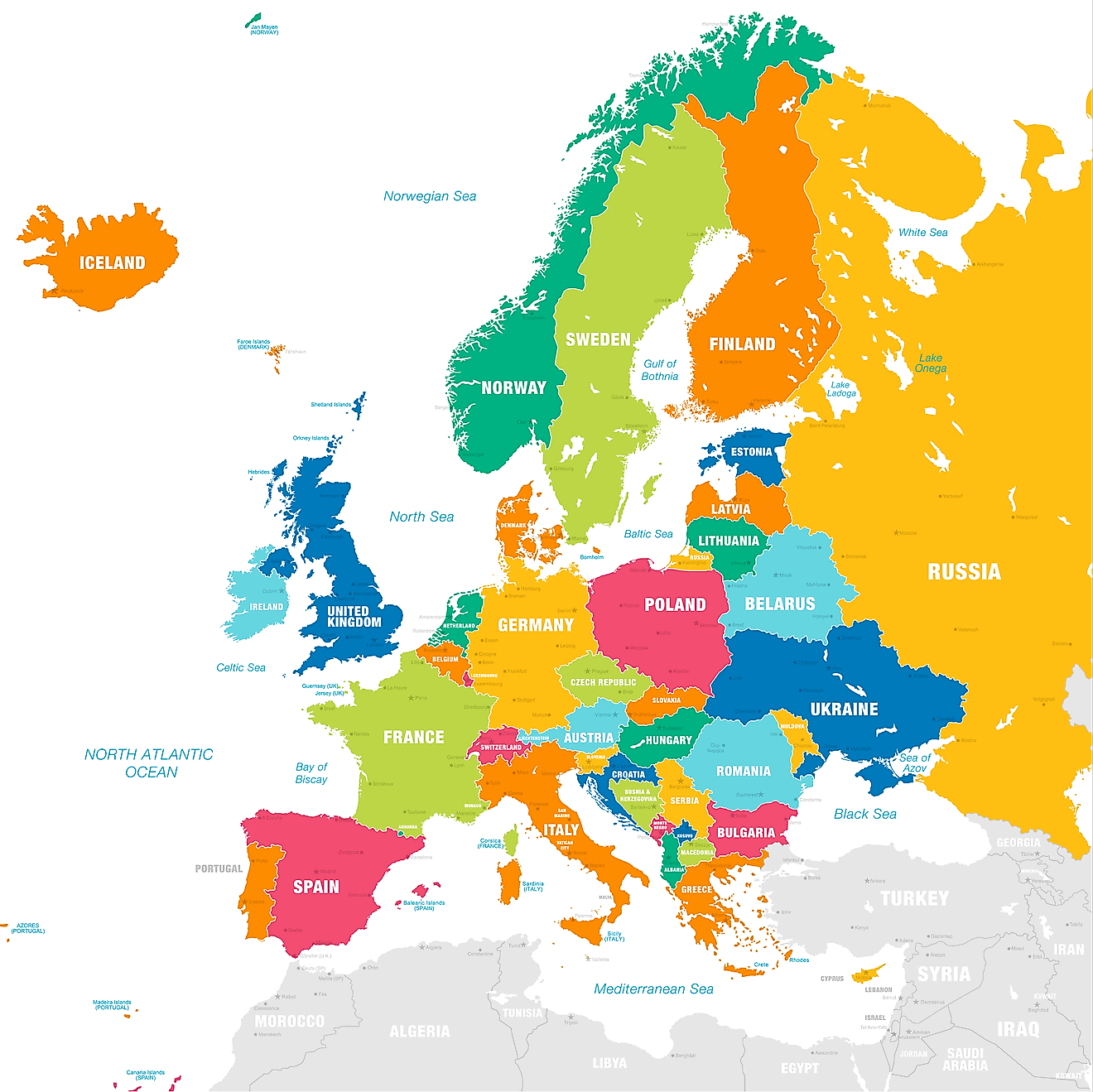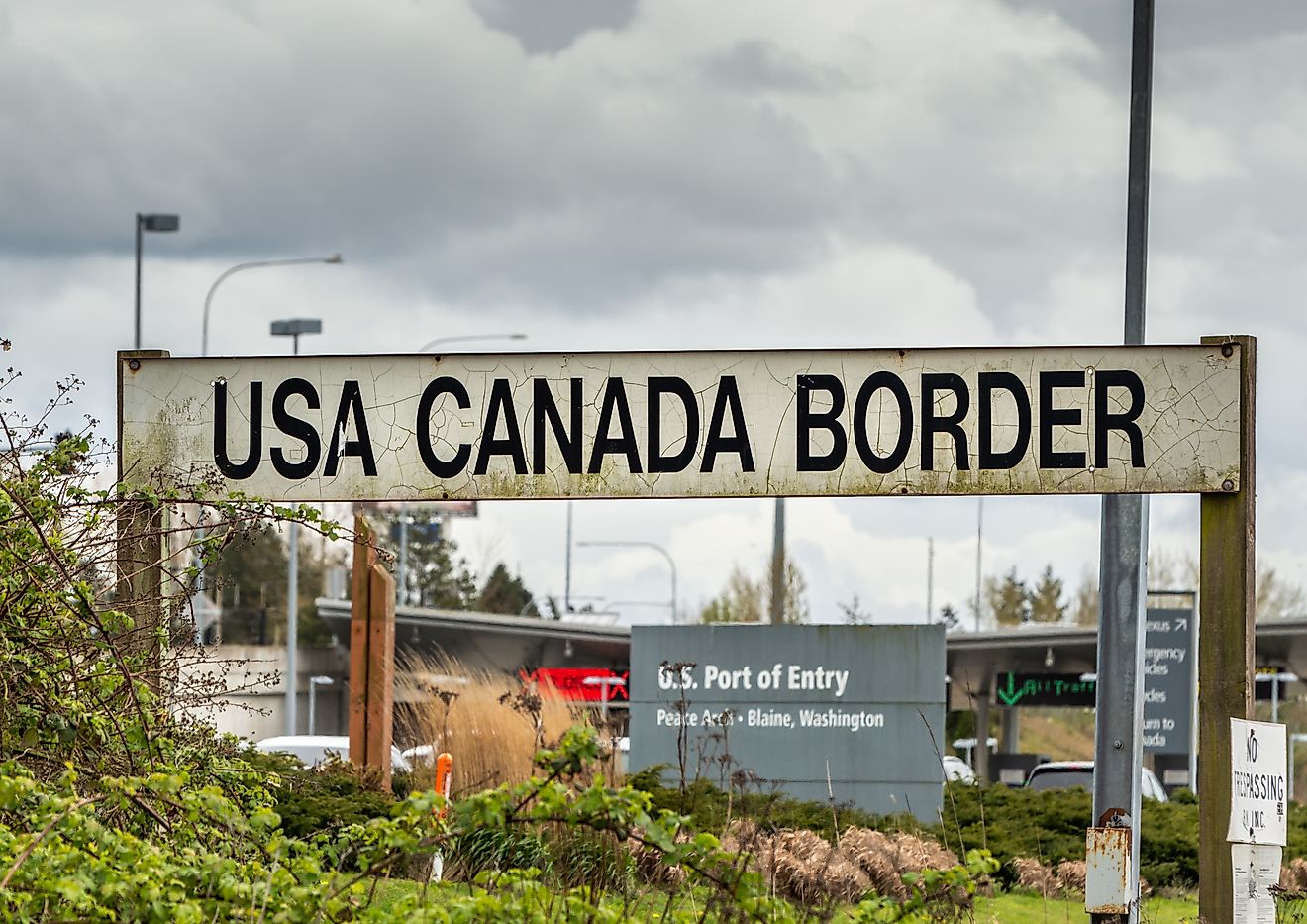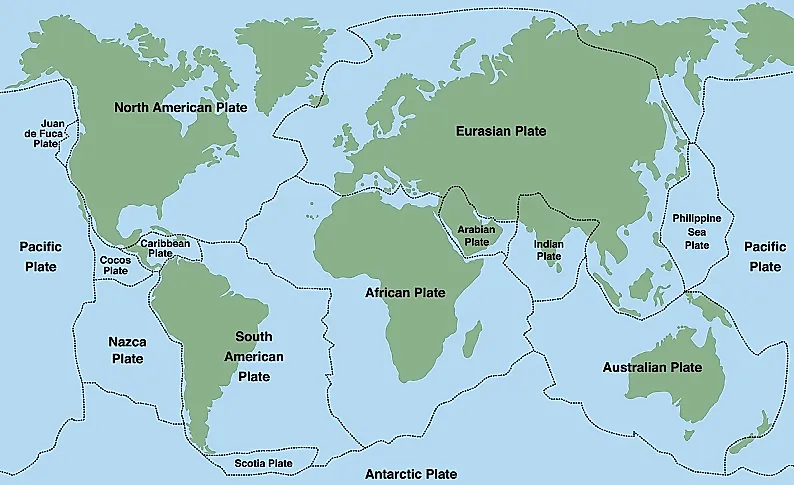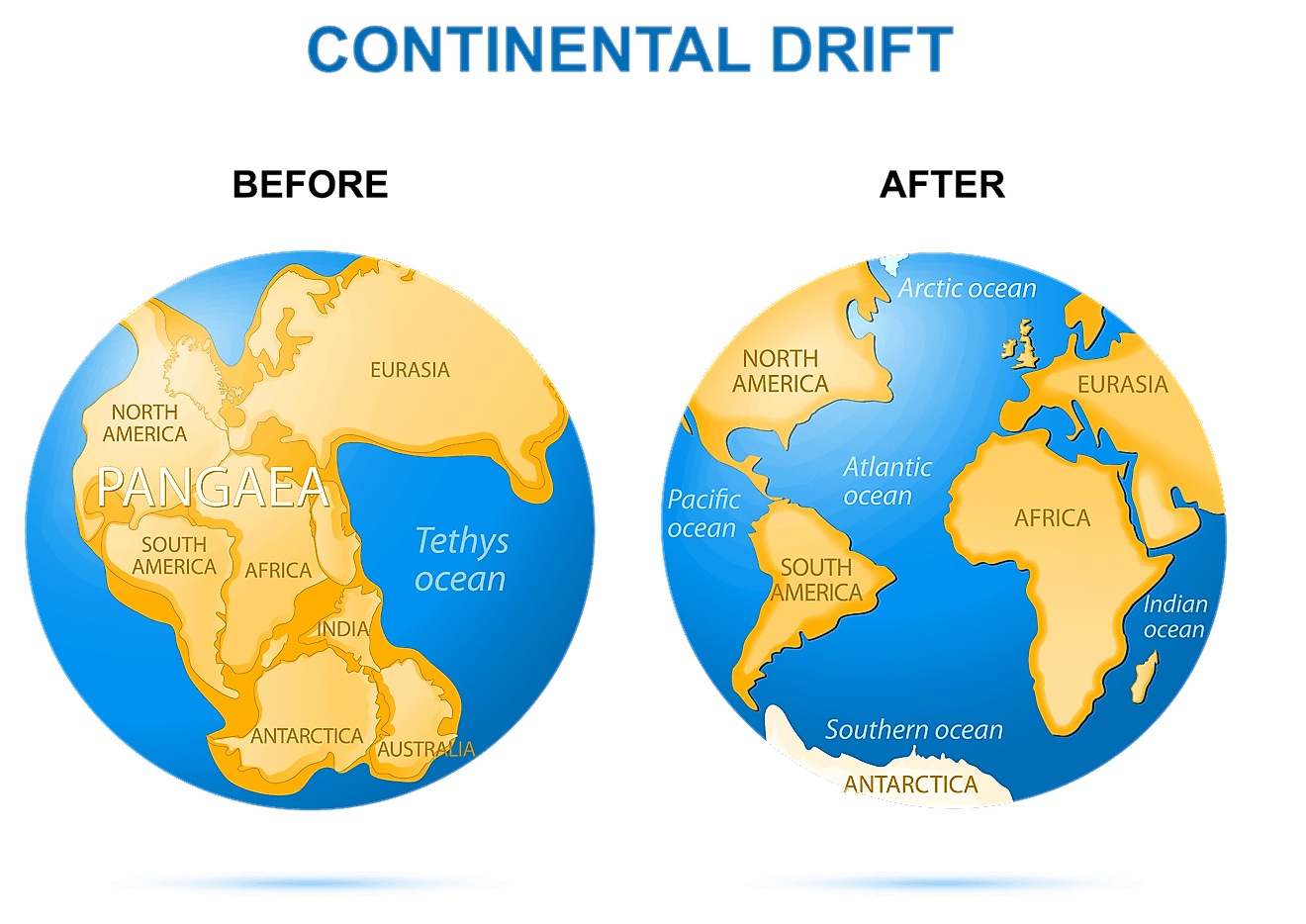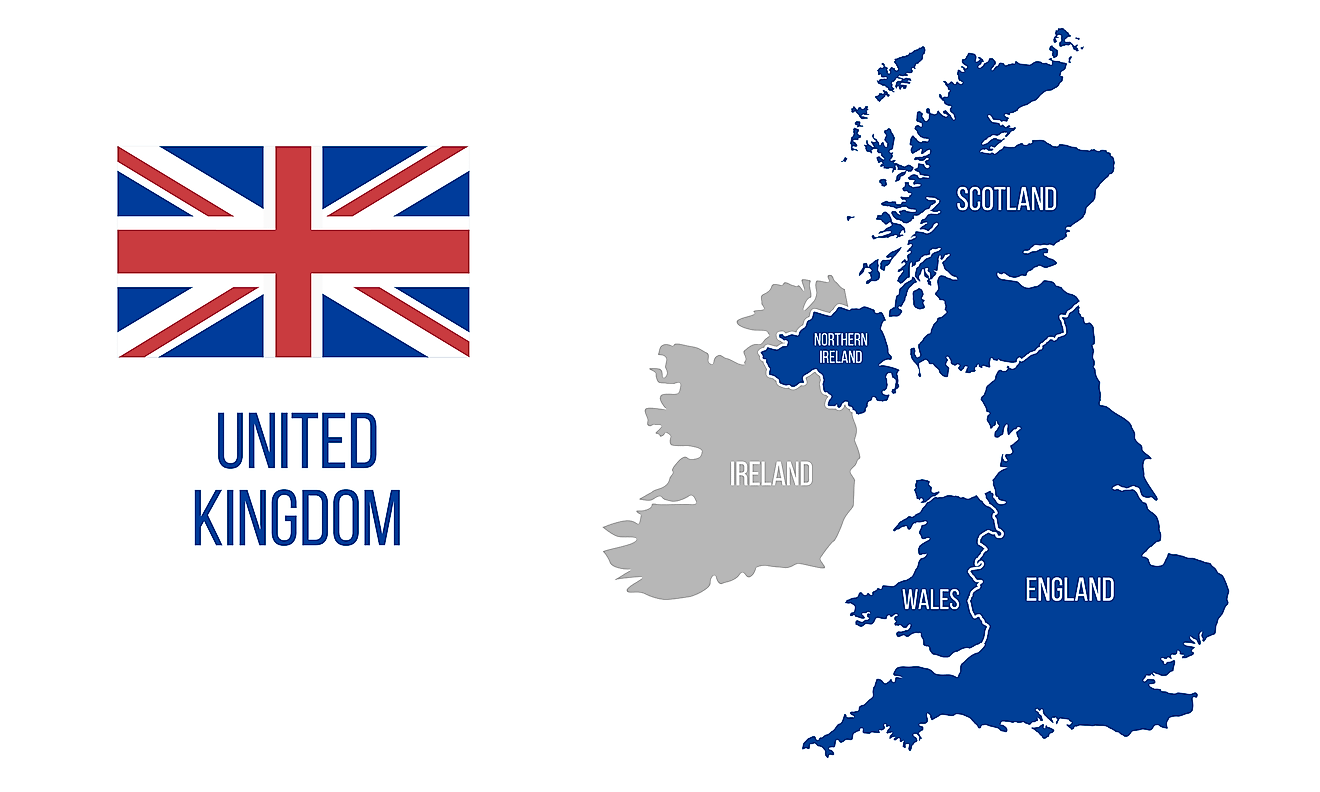
The Polar Regions
Earth's polar regions are a captivating and mysterious part of our planet, shrouded in ice and darkness for much of the year. The standard titles for these antipodal regions are the North and South Poles because they are points where the planet's axis of rotation intersects its surface, which causes them to receive minimal sunlight and experience long periods of darkness. The first explorers to these regions were Roald Amundsen, who reached the South Pole in 1911, and Robert Peary, who claimed to have reached the North Pole in 1909. However, there is some controversy surrounding Peary's claim: the most accepted visit is that of Amundsen in 1926 via airship.

The Polar Regions host frigid temperatures due to their location within the cryosphere. The cryosphere refers to areas of the Earth where water has frozen into solid ice or snow. Axial tilt is responsible for this effect, which results in a lack of direct sunlight at high latitudes. The North Pole centers on shifting sea ice in the Arctic Ocean and is, therefore, synonymous with the Arctic region (the radius from the pole to the edge of the Arctic Circle averages about 1600 miles), while the South Pole is associated with Antarctica.
Polar Climate
North Polar Region

The Arctic climate has long, cold winters and short, cool summers. In winter, temperatures often drop below -30°F, while summer temperatures average around 50°F. The region experiences continuous daylight during the summer months and complete darkness in the winter. The Arctic climate works in tandem with the effects of sea ice cover, which reflects sunlight into space and helps to regulate global temperatures.
However, climate change has caused a decline in sea ice cover in recent years, resulting in increased absorption of solar radiation by the ocean and exacerbating warming trends. This decline has led to more frequent and severe global weather events, such as storms, heat waves, melting permafrost, and coastal erosion. The Arctic region is home to diverse plant, and animal life adapted to survive in extreme conditions. However, the rapid changes in the Arctic climate threaten these ecosystems and their inhabitants.
South Polar Region

The Antarctic climate is one of Earth's most extreme and inhospitable environments. The continent experiences some of the coldest temperatures ever recorded, with average winter temperatures around -76° F depending on the location. The interior of Antarctica is a polar desert due to its extremely low precipitation levels, typically less than 2 inches per year. The coastal regions receive slightly more precipitation in snowfall, but this still amounts to only a few centimeters per year.
Despite these harsh conditions, the Antarctic region is vital in regulating global weather patterns and ocean currents. The Southern Ocean (the disputed moniker of the Antarctic Ocean) surrounding Antarctica absorbs vast amounts of carbon dioxide from the atmosphere and also helps control the planet's temperature. However, rising global temperatures are causing rapid melting of glaciers and ice shelves in Antarctica, which could lead to significant sea level rise in the coming decades.
Geography And Geology
North Polar Region

The Arctic region is located at the northernmost part of the Earth, encompassing parts of Canada, Greenland, Russia, Norway, Sweden, Finland, Iceland, and the United States. Ice caps, glaciers, and permafrost cover much of the Arctic terrain. Furthermore, the landscape includes mountain ranges such as the Brooks Range in Alaska and the Scandinavian Mountains in Norway and Sweden. The Arctic Ocean spreads across much of the region with its shallow continental shelves, rich in marine life.
The Arctic has unique geological features such as ice wedges (cracks formed in permafrost), pingos (permafrost mounds), and thermokarst lakes (formed from melting permafrost). The tundra biome dominates the most land area with low-growing vegetation, including mosses, lichens, and shrubs adapted to cold climates.

With its harsh environment and remote location, only a few indigenous people have settled in this region. Still, it has become an important site for scientific research, particularly into animal adaptation. The cold temperatures and long periods of darkness have led to adaptations such as small size, hibernation, and white coloration for camouflage. Typical animals found in the Arctic include polar bears, arctic foxes, reindeer, and muskoxen. Plant life is limited due to permafrost but contains mosses, lichens, grasses, and shrubs.
South Polar Region

Antarctica is the southernmost continent on Earth, surrounded by the Southern Ocean. It is the fifth-largest continent, covering an area of approximately 14 million square kilometers. The geography of Antarctica is affected by freezing temperatures, high-altitude terrain, and vast ice sheets that cover most of the continent. The Transantarctic Mountains run through the center of Antarctica and are one of the world's longest mountain ranges. The highest peak in Antarctica is Vinson Massif, which stands at 16,050 feet above sea level. In addition to its mountain ranges, Antarctica also features several large glaciers and ice shelves extending from the continent's interior to the surrounding ocean.

Antarctica's geology is unique due to its isolation from other continents and long geological history. Much of Antarctica's rock formations date between 4 billion and 500 million years ago when it was part of a larger supercontinent known as Gondwana. Today, geologists study Antarctica's rocks to understand more about plate tectonics and how continents have moved. Additionally, scientists have discovered evidence of ancient volcanic activity in Antarctica by studying ash deposits found in ice cores.
In addition to its scientific significance, Antarctica also supports a unique ecosystem of flora and fauna. These include penguins, seals, whales, and various species of algae and lichens that thrive in cold and dark conditions; over time, these species have adapted to survive in this extreme environment.
Settlements And Modern Usage
North Polar Region

Arctic settlements are sparsely populated due to the harsh climate and rugged terrain. Indigenous people such as the Inuit have lived in the region for thousands of years, developing unique cultural practices and subsistence strategies well adapted to the environment. Today, most Arctic settlements are small towns or villages that rely on fishing, hunting, and tourism for their livelihoods.
The region is also home to significant oil and gas reserves, which have attracted multinational corporations seeking to exploit these resources. This competition has led to concerns about environmental degradation and the displacement of indigenous peoples from their traditional lands.
Climate change also profoundly impacts Arctic settlements, as melting sea ice opens up new shipping routes and access to previously inaccessible natural resources. While this presents economic opportunities for some communities, it also poses significant infrastructure development and environmental protection challenges.
South Polar Region

Antarctica is the coldest, driest, and windiest continent on Earth. It has no permanent human population, but several countries have research stations there. These stations serve as bases for scientific research and data collection for fields like geology, meteorology, oceanography, and biology.
The Antarctic Treaty System governs the use of Antarctica and sets guidelines for scientific research, environmental protection, and territorial claims. Currently, over 70 research stations in Antarctica are operated by various countries, including the United States, Russia, China, and Australia.
In addition to scientific research, the region has some tourism-related activities, such as visits to historic sites or wildlife-watching expeditions. However, strict regulations on tourism exist to minimize environmental impacts on this fragile ecosystem. Overall, human activity in Antarctica is limited to scientific research and is heavily regulated to preserve the unique natural environment of this continent.
The Polar Regions are a crucial area of study for understanding global climate patterns and the effects of climate change on our planet. The Arctic and Antarctic regions have unique weather patterns, geological features, flora, and fauna that have adapted to survive in extreme conditions. Human settlement patterns in these areas have altered over time due to modern economic activities such as shipping, fishing, oil exploration, tourism, and scientific research in Antarctica. Studying these regions provides insight into our planet's past, present, and future environmental changes. This knowledge helps researchers develop strategies for mitigating the adverse effects of climate change on our planet and its inhabitants. Overall, the polar regions play a vital role in shaping the Earth's ecosystem and understanding its complex natural systems. Therefore, humanity ought to take care of them.




